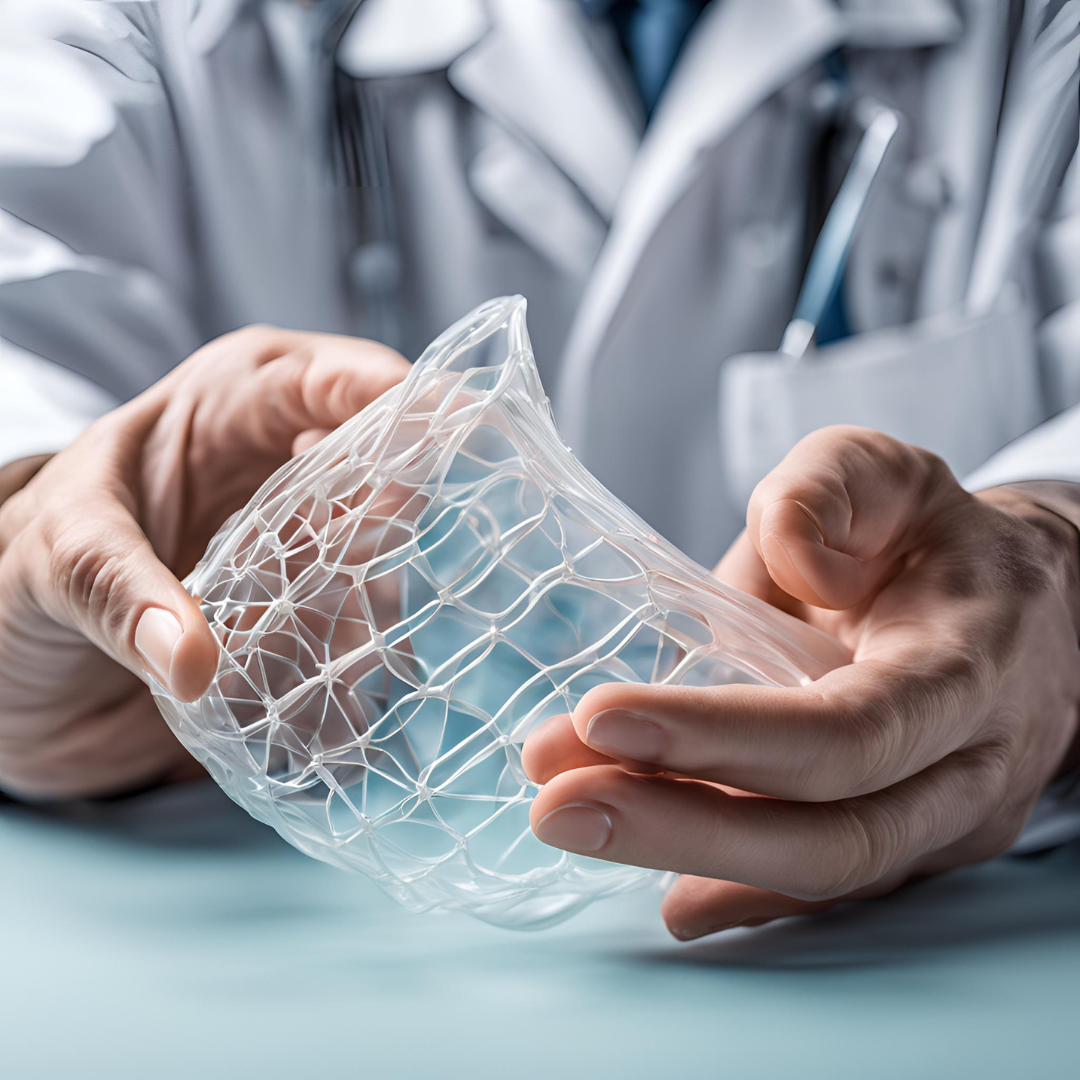Revolutionizing Materials: The Rise of Supramolecular Polymers

Supramolecular polymers offer high-quality properties and low-viscosity melts. These features enable advanced applications such as self-healing materials and adaptive coatings.
Polymers excel in various applications due to their outstanding material properties. However, they become highly viscous when melted, which requires high temperatures and pressures for processing and limits their usability. Supramolecular polymers resolve this issue by combining high-quality material properties with low-viscosity melts that are easier to handle. Additionally, these polymers exhibit unique characteristics, such as self-healing and responsiveness to stimuli.
You can also read: Self-Healing Polymers for Food Packaging
Understanding Supramolecular Polymers
Supramolecular polymers stand out due to their assembly and disassembly through non-covalent interactions rather than traditional covalent bonds. This unique bonding imparts remarkable properties, including self-healing, responsiveness to stimuli, and the ability to form dynamic, reversible structures. These features enable flexible and adaptable materials, allowing customization for specific applications.
Exploring Supramolecular Polymer Interactions
To fully grasp the advantages of supramolecular polymers, understanding the non-covalent interactions that drive their behavior is crucial:
- Hydrogen Bonding: Hydrogen bonds create strong, directional connections between polymer units, leading to stable yet reversible structures capable of self-repair.
- π-π Stacking: Aromatic rings interact through π-π stacking, which stabilizes the polymer structure and influences its electronic properties. This interaction proves useful in electronic and photonic applications.
- Metal Coordination: Metal ions connect organic ligands to form metallosupramolecular polymers with unique properties such as catalytic activity and responsiveness to stimuli.
- Host-Guest Interactions: These interactions involve the reversible binding of a host molecule to a guest molecule, enhancing material properties and enabling dynamic behavior. They are ideal for applications like drug delivery and adaptive materials.
Beyond the Laboratory: Real-World Applications
Recognizing these interactions shows how supramolecular polymers can be applied practically:
- Self-Healing Materials: Dynamic bonds in these polymers allow for autonomous repair, extending the lifespan of materials used in the construction, automotive, and aerospace industries.
- Drug Delivery Systems: The responsiveness of supramolecular polymers to stimuli makes them perfect for targeted drug delivery. Moreover, they encapsulate therapeutic agents and release them in response to biological triggers, enhancing treatment efficacy and minimizing side effects.
- Adaptive Coatings: These polymers create coatings that adjust their properties in response to environmental changes, thereby improving protection against corrosion and wear.
- Soft Robotics: The flexibility and responsiveness of supramolecular polymers enable soft robots to mimic biological tissues and perform delicate tasks effectively.
- Tissue Engineering: Supramolecular hydrogels, formed through self-assembly in water, serve in tissue engineering and regenerative medicine. Their tunable properties and biocompatibility make them suitable scaffolds for cell growth and tissue repair.
Future Directions and Market

Supramolecular polymers market insights. Courtesy of Transparency Market Research.
The field of supramolecular polymers evolves rapidly as researchers enhance properties and discover new applications. Advances in supramolecular chemistry and nanotechnology promise more sophisticated materials for healthcare, environmental protection, and manufacturing.
According to Transparency Market Research, the U.S. market for supramolecular polymers was valued at USD 291.5 million in 2024, with a projected growth rate of 6.5% CAGR from 2025 to 2031. This growth stems from rising demand for advanced materials across healthcare, electronics, and environmental sectors. As research advances, the market is expected to expand, providing innovative solutions to complex challenges.
